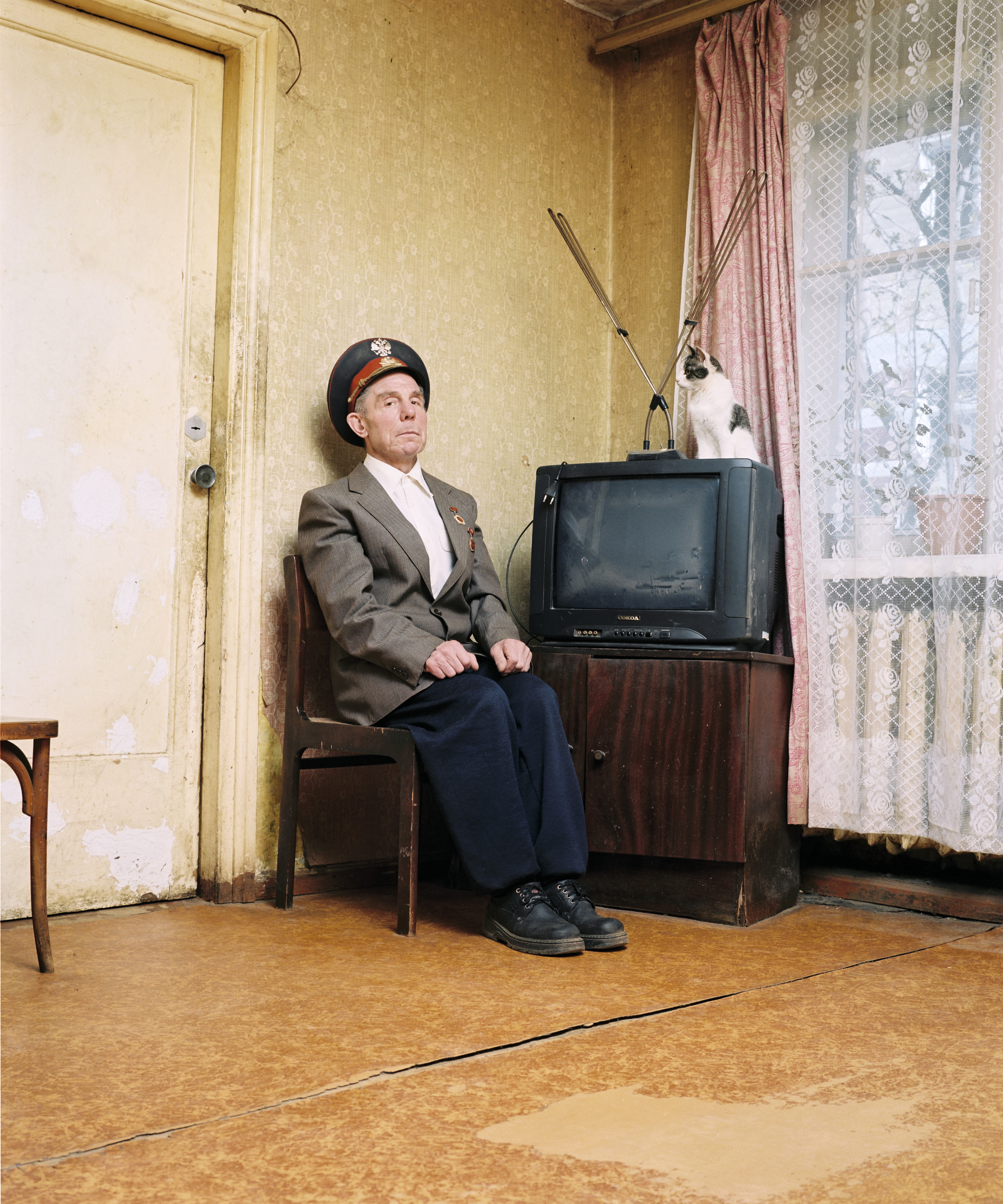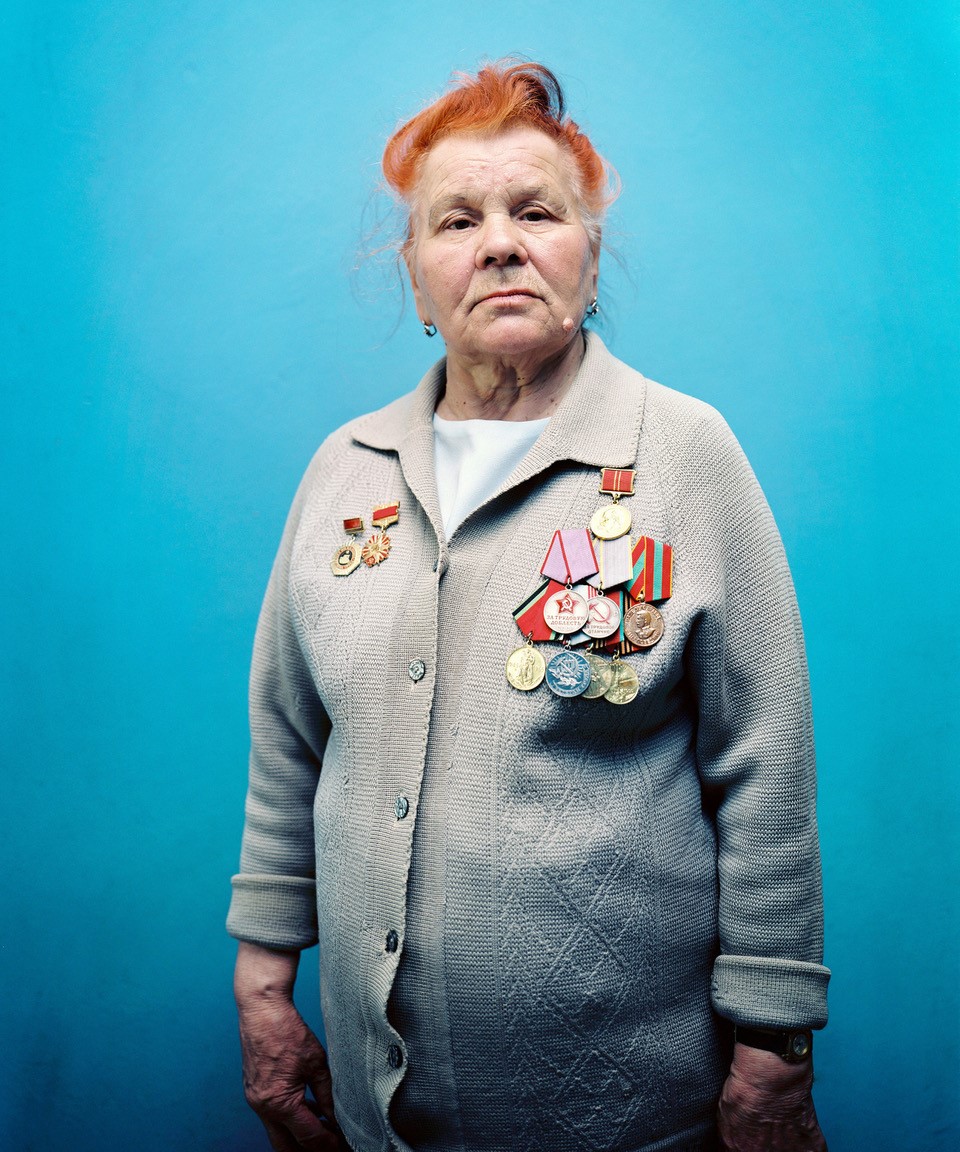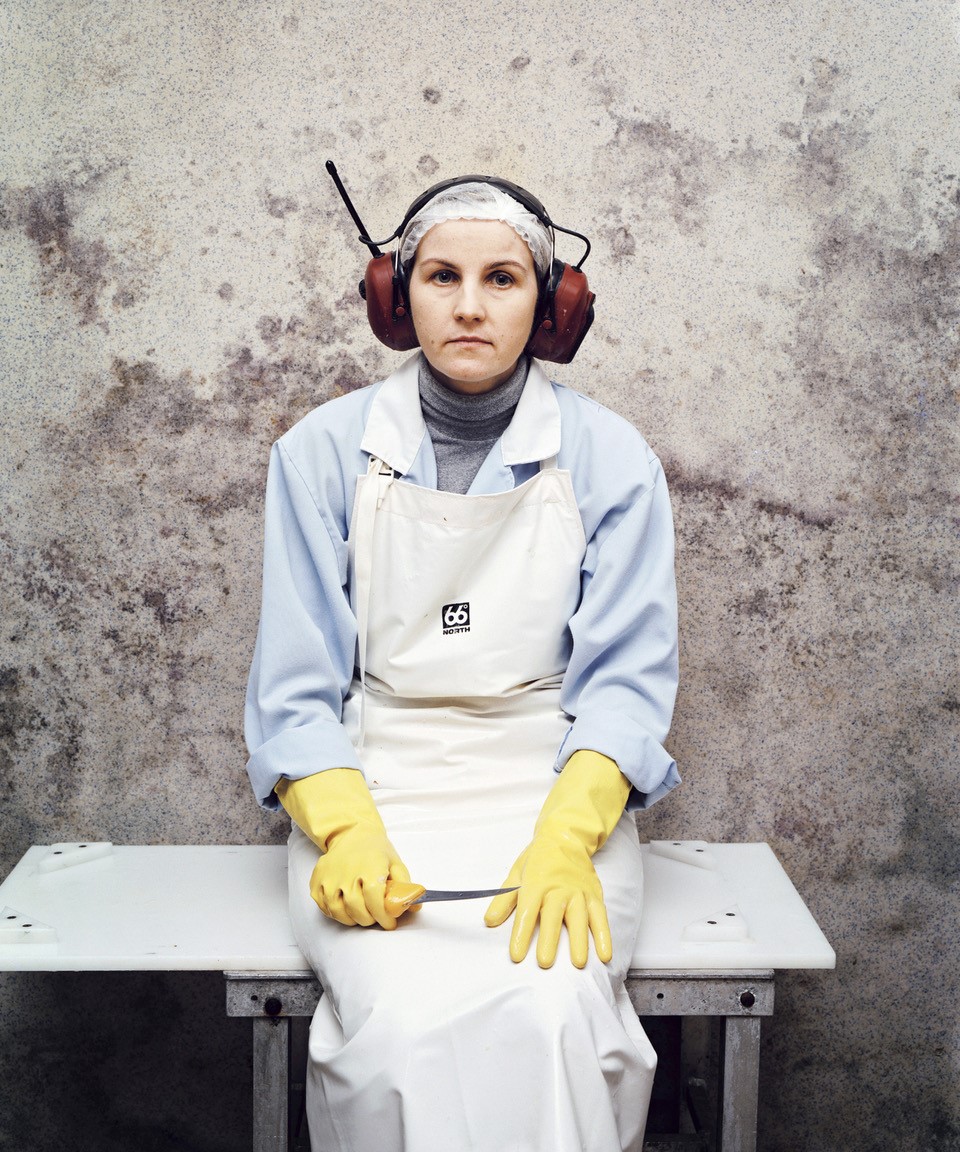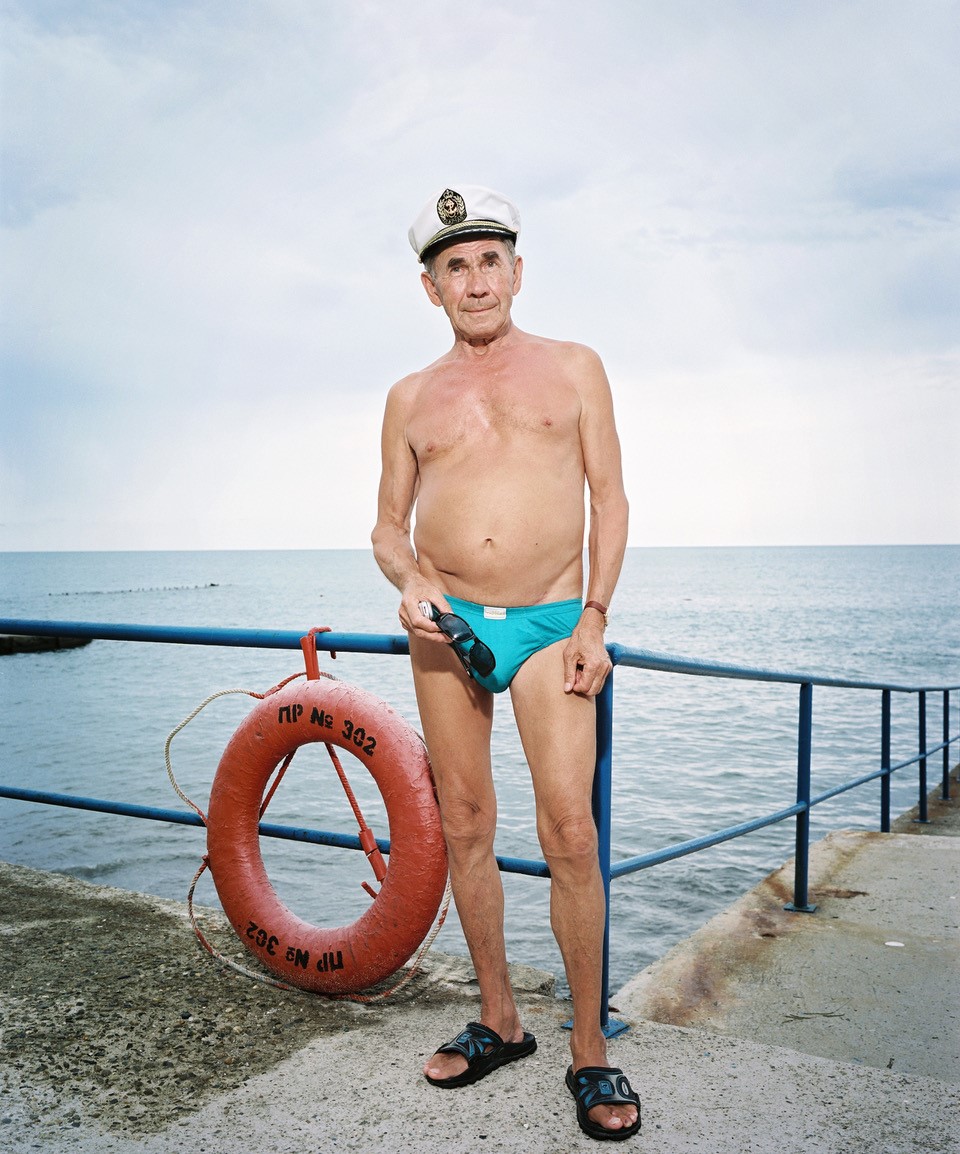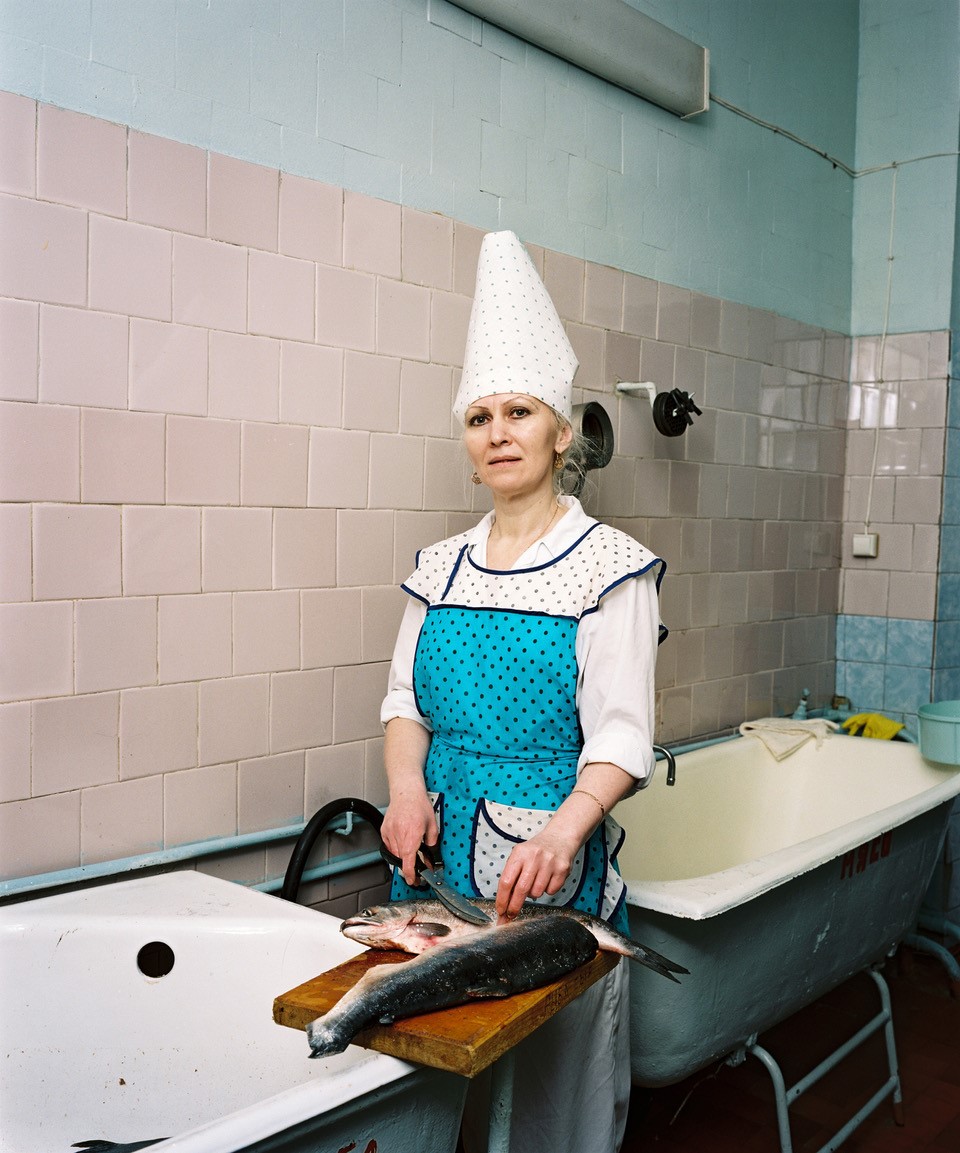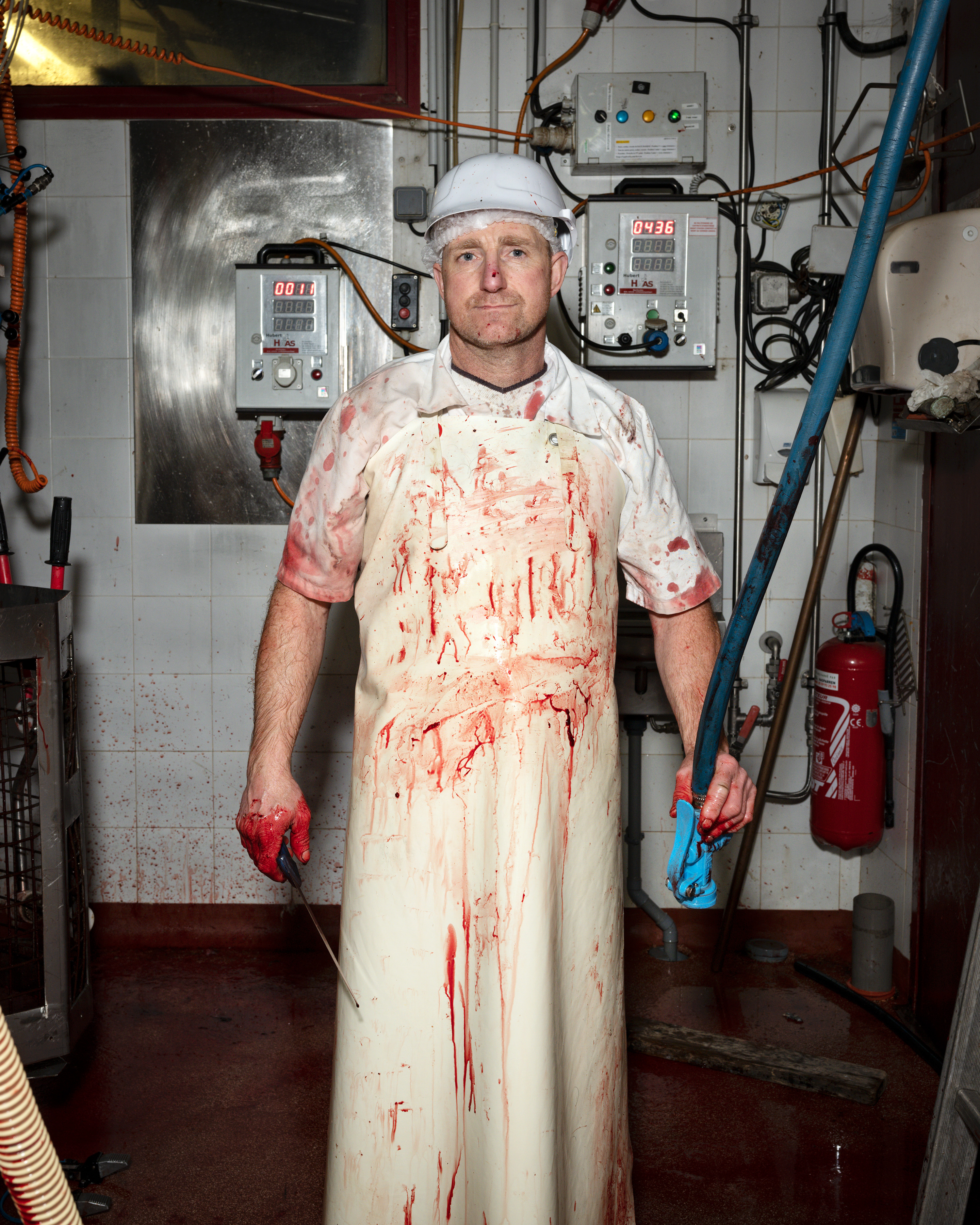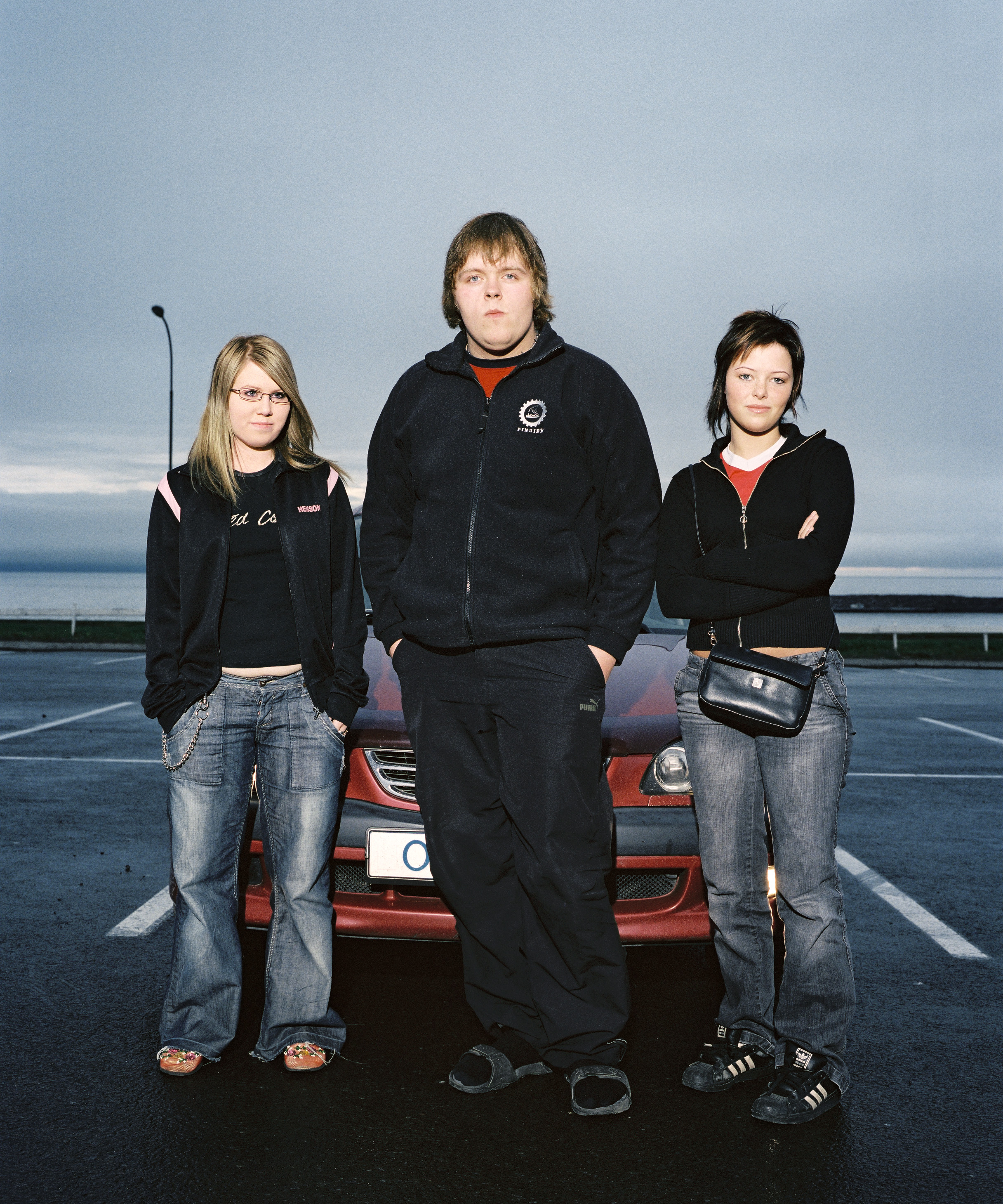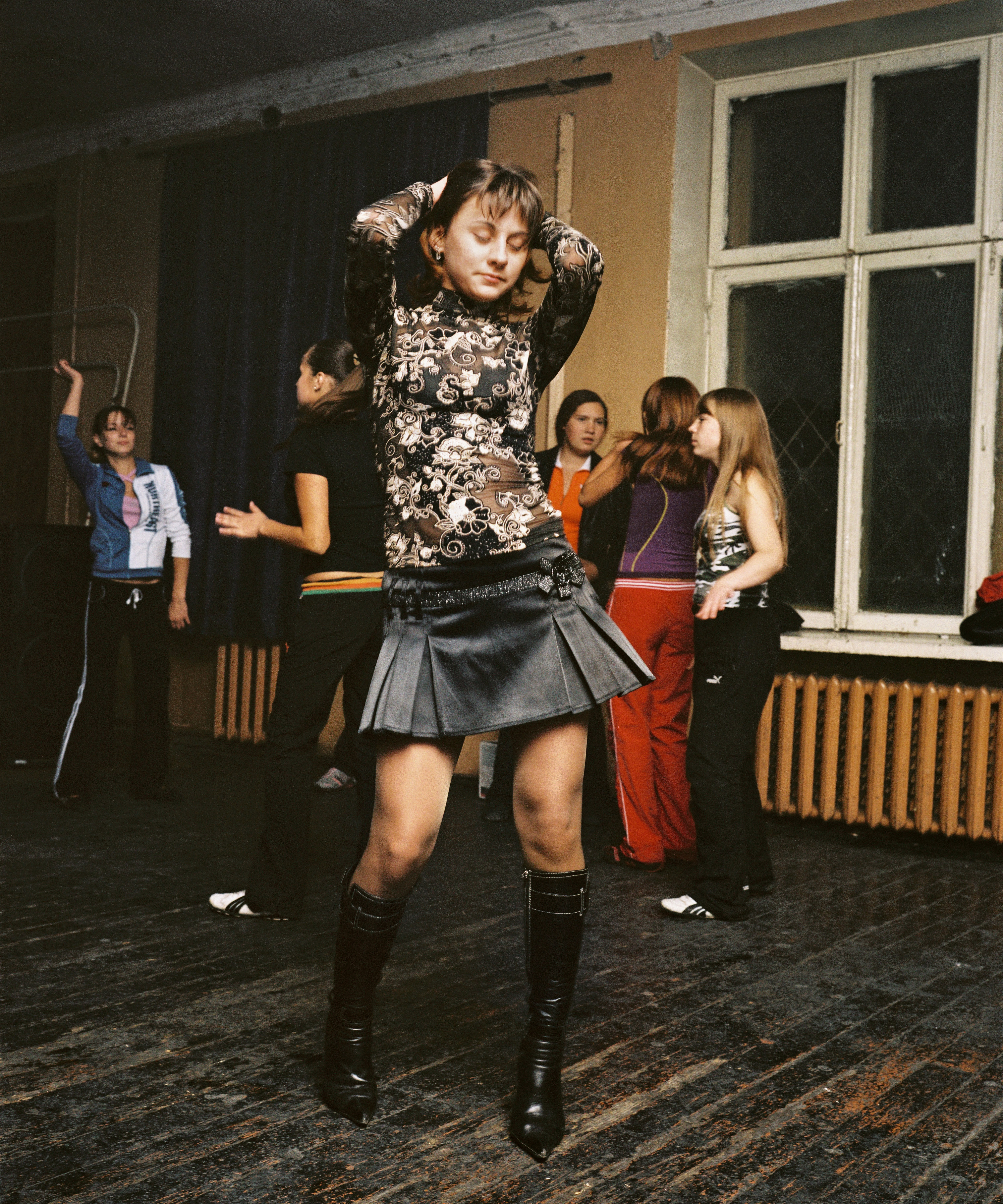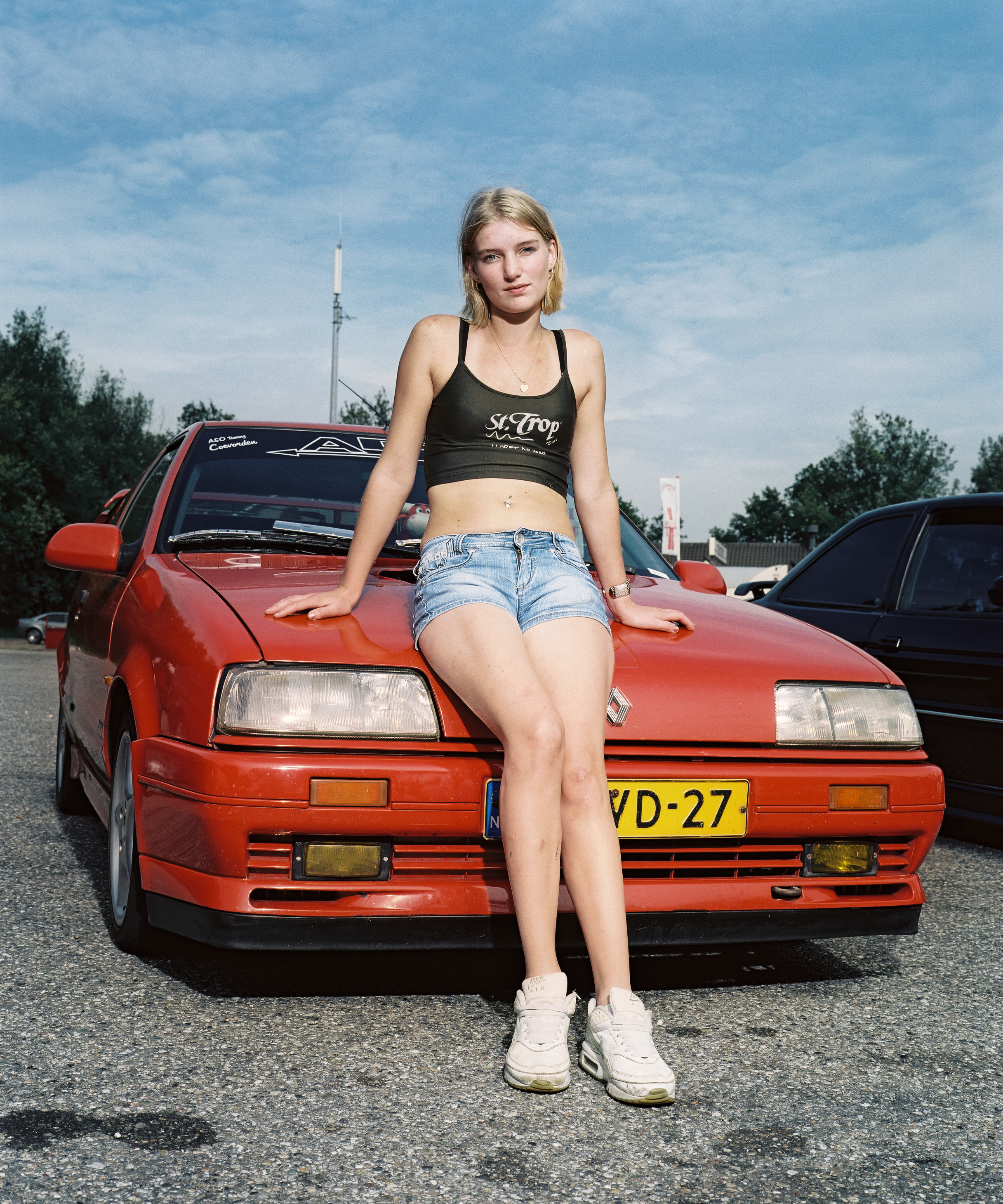Categories
With a keen eye for everyday life, Hornstra works within the rich tradition of great humanist photographers such as August Sander, Henri Cartier-Bresson, Dorothea Lange and Ed van der Elsken. Hornstra’s projects are based on a self-defined list of categories, including work, government, youth, transport and religion. He uses this list as a guide when producing new work: ‘Working in categories came about when I went to Russia in 2003 for my final exam project. I had never worked abroad before. Before I left, I visualised in very practical terms how my journey would unfold from the moment I stepped off the plane. I want to make a photo book. How do I do that? I want to make portraits. Who do I approach and where do I find those people? The categories emerged at that time.’
This approach was inspired by the German photographer August Sander (1876-1964), who portrayed the German population in the early twentieth century according to certain 'types' and collected them in his book Antlitz der Zeit (The Face of Our Time, 1929). Hornstra’s approach is less rigid – he allows himself to be guided more by what he finds on location – but these categories are nonetheless a common thread running through all his projects. ‘Working in categories and typologies: that defines my approach as a photographer. Whenever I arrive somewhere, whether it's the Black Country in England or a remote village in Russia, my number one priority is to photograph a butcher in a butcher’s shop, a chef in his kitchen, a football player on the pitch, an old veteran with medals – I can’t get enough of them.’
Russia
In the first ten years of his career, Hornstra focused on Russia, where he documented the shift from an emerging economy to an increasingly closed society. While working on several stories in Russia, his freedom of movement was gradually curtailed. After publishing work that was critical of the Russian government’s role in the North Caucasus, he was placed on a blacklist and is no longer allowed to enter the country. One of his best-known series about Russia is The Sochi Project: An Atlas and Tourism in the Caucasus (2014), a long-term project he worked on together with the writer Arnold van Bruggen, which has garnered much international praise.The Europeans
Hornstra’s current project, The Europeans (2020-2030), again in partnership with Arnold van Bruggen, is ‘is a ten-year quest to find the contemporary European at a time when Europe is struggling’. When they initiated the project, the duo predicted that Europe was on the eve of drastic changes. Since then, Europe has witnessed one crisis after another, with Russia’s invasion of Ukraine acting as a catalyst for the growing problems of the twenty-first century.
Exhibition
The exhibition features more than seventy photographs, arranged according to Hornstra’s categories. The majority are portraits. Although landscapes and still lifes play an important role in his projects, Hornstra sees himself primarily as a portrait photographer, looking for iconic images that can serve as symbols of the moment or place where the photo was taken. In addition to the prints, the exhibition also includes documentation that provides a greater insight into Hornstra's working method.
Publication
The exhibition is accompanied by the publication Ordinary People with essays by Willemijn van der Zwaan (curator at Fotomuseum Den Haag), Merel Bem (art historian, writer and journalist) and Lynn Berger (writer and journalist). It is designed by Kummer & Herrman.
